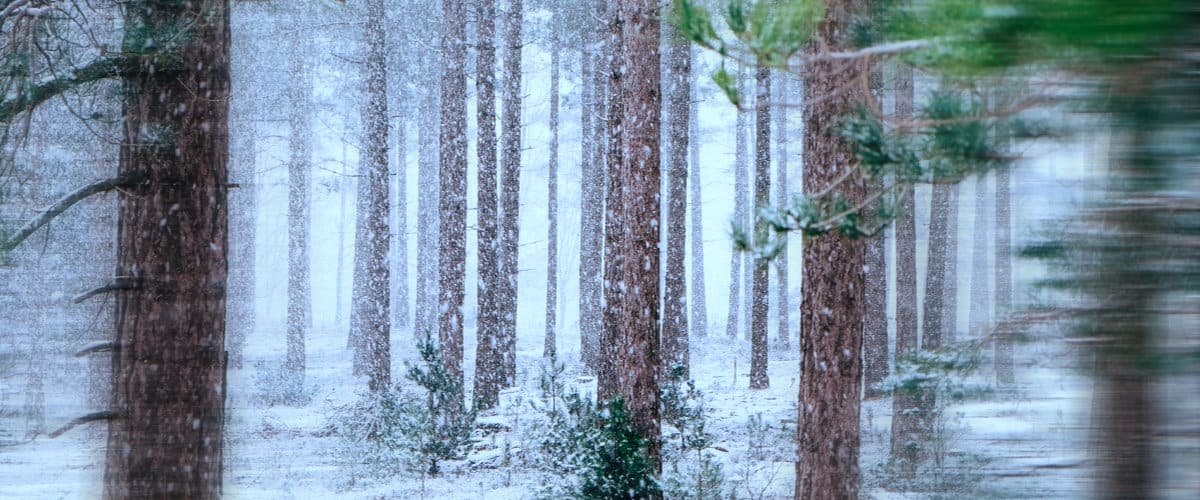A winter storm is blasting its way across America right now, and many people not used to such weather are finding themselves snowed in. Or worse: stuck operating in the unexpected tundra. While there’s a lot of problems to face, you should at least face them covered. Here are a few ways you can make an improvised snow mask.
First, what is a snow mask? They’re a facial covering that protects your vision in harsh snow. The freezing temperatures and heavy particulates (snowflakes) often make it difficult to actually see clearly. Not to mention Snow Blindness, a somewhat common winter injury where the UV radiation from the sun reflects off all of the snow and into your eyes, essentially sunburning your corneas.
While eye coverings like goggles and wrap-around glasses can help alleviate it, you might find yourself in a situation without any. Perhaps you’re stuck in the snow and need to dig out, or you went camping and a surprise storm struck. With that said, let’s get into the improvised masks.
Wrapped Up Scarf
It doesn’t have to be a scarf. Any long piece of fabric that you can wrap around your head a few times should suffice. Simply wrap the scarf around your head, once just below your eye line, and again right above. The idea is to create a narrow slit to see through that doesn’t let much actual wind inside. Tie it off in the back.
The potential downside here is slippage. The scarf might shift or move, causing the eye gap to either close up or open too wide to be protective.
Duct Tape Mask
This one is handy because of the adhesive nature of the tape. Roll out some tape, about 2 feet of it, and lay it over itself with the sticky sides touching, creating a 1 foot long stretch of non-sticky tape material. Cut two small holes or slits around where the eyes are. Position this in front of your face. Once comfortable and capable of seeing though, tape the covering strip onto your hat (please wear a hat in the winter) on the sides.
Downsides: the tape might not stick well to certain materials, and the cold might make the adhesive nature less effective. Plus it’s not super durable. But hey, you can find duct tape all over the place.
Transparent Fabrics
Many fabric materials are actually somewhat transparent. This can range from obvious material like panty hose, to less considered things like certain spandex mixtures. If this is the case, you can simply cover your eyes with that fabric. Visibility may be somewhat reduced, but it will provide ideal improvised protection from the elements.
Literally Tree Bark
This idea is mostly for if you are travelling in the forest. By carving into a Birch tree with a knife, you can carefully peel off a strip of bark about the length of your face. Once you do, Cut out two slits for the eyes, two holes on each side to tie a cord through, and a notch in the center for your nose. You’ll look like some kind of wilderness madman, but your eyes will be safe.
The downsides here lie with either comfort or durability. The bark might be too brittle and break. It’ll also be pretty uncomfortable. Lining some contact points with spare fabric might help. It’ll also depend on the tree bark you can find. Some will be less viable than others.
All of this can be prevented with some preparation. Leave snowboarding goggles in your car. Bring a pair with when winter camping. Check the weather before leaving home, stuff like that.

